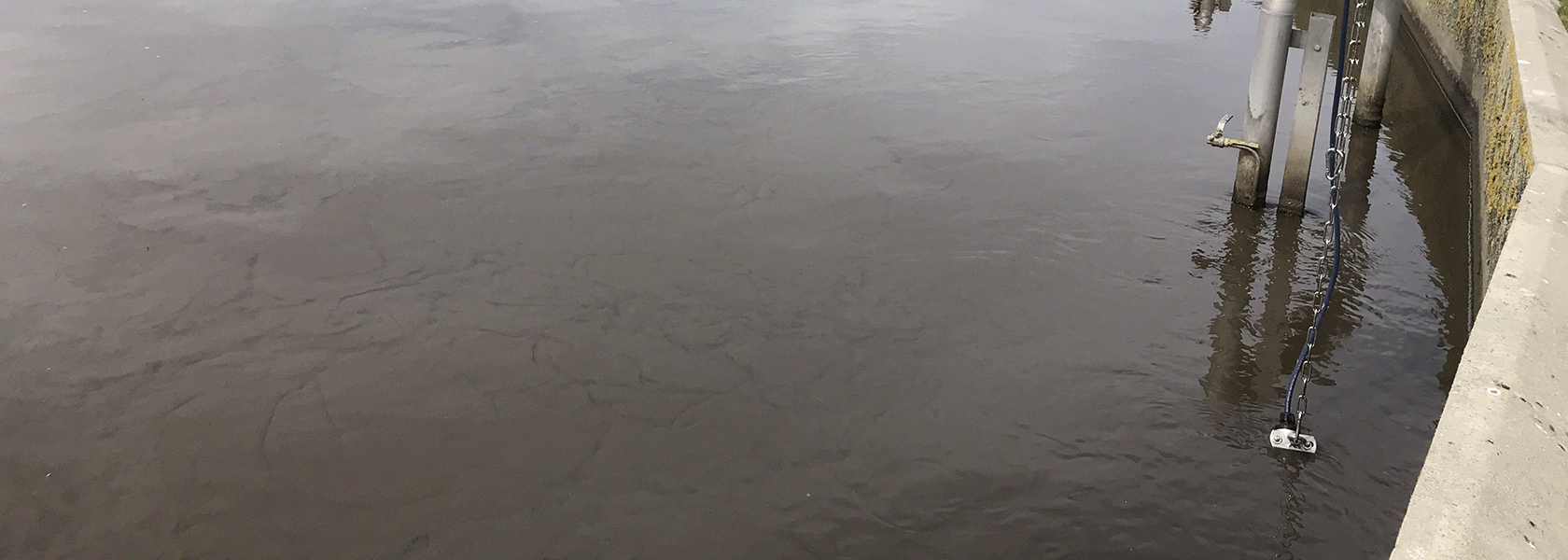Recording of the webinar: Nitrous Oxide Process Emissions – From Research to Application
The webinar includes talks from three guest speakers.
The program for the webinar was:
- Arne Freyschmidt: Evaluation and Minimization of N2O Formation and Emission in Deammonification Biofilm Systems
- Floris de Heer: Measuring and Mitigating N2O in (Nitrification-Denitrification) Aeration Tanks
- Nick Ivens: Making N2O Monitoring Business as Usual
- Panel discussion: The way forward in emission mitigation

Would you like to download the slides?
Fill out the form below and we will send you an e-mail with links to download this webinar's slides
3 Leading Experts and Practitioners from Germany and the Netherlands
Nitrous oxide (N2O) may account for as much as 90% of emissions from wastewater treatment plants. In addition, studies have shown a large degree of variation in N2O emission from plant to plant and in day-to-day emissions from individual wastewater treatment plants.
This makes it difficult to apply a fixed model to predict nitrous oxide emissions. However, there are a range of tools available. With emission data in hand, you can apply strategies to minimize N2O formation and emission.
What you can look forward to
In this webinar, you can learn about the total carbon footprint of a wastewater treatment plant, and you will also learn about measuring and managing nitrous oxide in various systems.
We are thrilled to welcome four speakers to this webinar. Each with individual backgrounds and perspectives on wastewater treatment and emissions management. Learn more about the speakers below.
Program: Nitrous Oxide Process Emissions
- Arne Freyschmidt: Evaluation and Minimization of N2O Formation and Emission in Deammonification Biofilm Systems
- Floris de Heer: Measuring and Mitigating N2O in (Nitrification-Denitrification) Aeration Tanks
- Nick Ivens: Making N2O Monitoring Business as Usual
- Panel discussion: The way forward in emission mitigation

Arne Freyschmidt
Arne is a Civil Engineer working in the N-Elimination research group (Head of Research Group: Dr.-Ing. Maike Beier) at the Institute of Sanitary Engineering and Waste Management (ISAH) of the Leibniz University Hannover. His research focus is on greenhouse gas emissions, especially N2O emissions.
N2O formation and emission have been research areas of the institute for more than 25 years (e.g. research projects DFG-Lach 1 + 2, ReNEMo, MiNzE); current work focuses on the identification of causes for high N2O emissions and the development and implementation of strategies to reduce N2O emissions.
Floris de Heer
Floris is a Consultant at IMD/Waterschap Aa en Maas. He concluded his studies of bioprocess engineering with research at a regional water authority (Waterschap Aa en Maas) to the metabolic routes of N2O production at WWTPs.
Subsequently, he started working at Waterschap Aa en Maas to continue and implement his research. He extended the number of measurements (to 15 sensors on 4 plants), performed the maintenance, analyzed the data and tried to deduce process optimizations for minimizing N2O emissions (while preventing deterioration of nutrient removal).
Recently, Floris switched to IMD, to consult multiple water authorities in the Netherlands and Belgium on N2O measurement and mitigation.
Nick Ivens
Nick is a Policy Officer & Wastewater Process Engineer at the Regional Water Authority Schieland and Krimpenerwaard. He is a Wastewater Process Engineer with a background in the biological industry.
His daily activities at the Regional Water Authority Schieland and Krimpenerwaard include, but are not limited to, recalculating plants, data analytics, innovation, regulations and of course emission and energy optimization.


